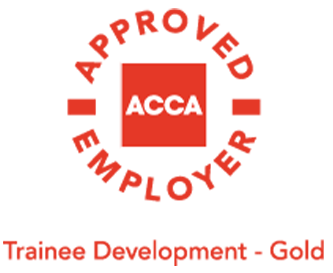Disguised remuneration and the self-employed
Newsletter issue - January 2017.
Following the announcement in the Autumn Statement, HMRC have published the details of a measure designed to tackle the future use of avoidance schemes currently being used by some self-employed people to avoid paying income tax and NICs on their income.
The measure will also tackle the existing use of schemes involving loans with a new charge (a 'loan charge') on outstanding loans taken out as part of avoidance arrangements. This charge will apply if tax is not paid on the loan and the loan is not repaid by 5 April 2019.
Various 'disguised remuneration' avoidance schemes currently exist, but they commonly result in a loan from a third party that is on such terms that mean it is unlikely to ever be repaid. At Budget 2016 the government announced that legislation would be introduced in Finance Bill 2017 to tackle this perceived tax avoidance by the self-employed. This announcement goes alongside a similar package of measures to curtail current and future use of disguised remuneration avoidance schemes by employees.
Broadly, Finance Bill 2017 will include provisions designed to counter arrangements that are intended to secure a deduction from income, where such a deduction ultimately is used to provide a loan or other benefit to the individual or anyone connected to them. The legislation will also counter arrangements involving the self-employed that seek to exclude an element of the taxable earnings of the self-employed individual whilst at the same time using that element to provide a loan or other benefit, either to themselves or persons connected with them. These changes, enacted will have effect from 6 April 2017.
Legislation in Finance Bill 2017 will also introduce a charge to apply to any balance of disguised remuneration loans made after 5 April 1999, as used by the self-employed as part of the avoidance arrangements. The charge will apply on 5 April 2019 to any such loans still outstanding on that date. The amount of the loan outstanding is, broadly, the principal of the loan less any repayments. Generally, only money payments will be recognised as repaying the loan. Any money payment connected with a tax avoidance arrangement, excluding the arrangement under which the loan was made, will be disregarded. The loan charge will also apply to situations where one loan is replaced by another loan, some other form of credit or a payment purporting to be a loan, referred to as quasi-loans in the legislation.






